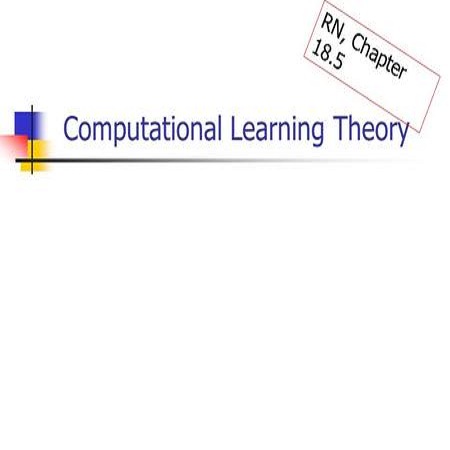The process of fertilizing a human egg outside the body in order to help those suffering from infertility to conceive is known as in vitro fertilization (IVF). Despite being the most effective method of assisted reproductive technology (ART), the average success rate of IVF is a mere 20-40%. One step that is critical to the success of the procedure is selecting which embryo to transfer to the patient, a process typically conducted manually and without any universally accepted and standardized criteria. In this paper we describe a novel data-driven system trained to directly predict embryo implantation probability from embryogenesis time-lapse imaging videos. Using retrospectively collected videos from 272 embryos, we demonstrate that, when compared to an external panel of embryologists, our algorithm results in a 12% increase of positive predictive value and a 29% increase of negative predictive value.
翻译:为帮助不孕患者进行孕育而在身体外施肥人类蛋的过程被称为体外授精(IVF)。尽管这是协助生殖技术最有效的方法,但体外授精的平均成功率仅为20-40%。对于程序的成功至关重要的一个步骤是选择将哪个胚胎转移给病人,这一过程通常是人工进行的,没有任何普遍接受和标准化的标准。在本文中,我们描述了一个新颖的数据驱动系统,该系统经过培训,直接预测胚胎胚胎的胚胎植入概率,从胚胎产生时间消亡的录相带。我们利用从272个胚胎中追溯收集的录相,证明与外部胚胎学家小组相比,我们算法的结果是:积极预测值增加了12%,负预测值增加了29%。





